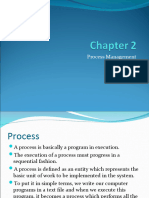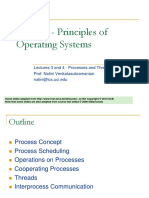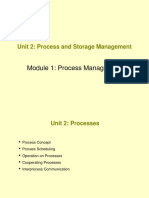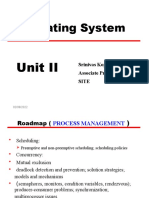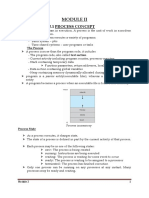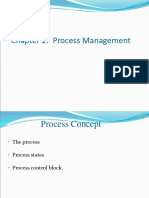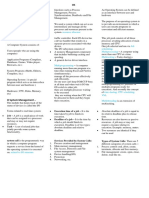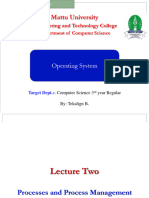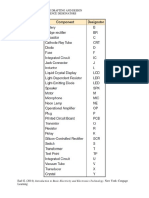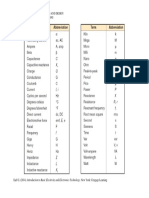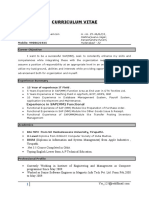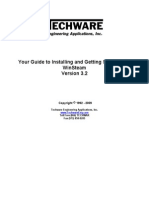0% found this document useful (0 votes)
183 views16 pagesProcess Management in OS Lecture
This lecture discusses process management in operating systems. A process is an active program in execution that requires resources like CPU, memory, and I/O. The operating system performs process management activities like creating, deleting, suspending, and synchronizing processes. A process control block contains information about a process's state, memory, and resources. Process scheduling policies aim to efficiently allocate CPUs and resources among processes.
Uploaded by
Blessious Joseph LandoyCopyright
© © All Rights Reserved
We take content rights seriously. If you suspect this is your content, claim it here.
Available Formats
Download as PDF, TXT or read online on Scribd
0% found this document useful (0 votes)
183 views16 pagesProcess Management in OS Lecture
This lecture discusses process management in operating systems. A process is an active program in execution that requires resources like CPU, memory, and I/O. The operating system performs process management activities like creating, deleting, suspending, and synchronizing processes. A process control block contains information about a process's state, memory, and resources. Process scheduling policies aim to efficiently allocate CPUs and resources among processes.
Uploaded by
Blessious Joseph LandoyCopyright
© © All Rights Reserved
We take content rights seriously. If you suspect this is your content, claim it here.
Available Formats
Download as PDF, TXT or read online on Scribd
/ 16

